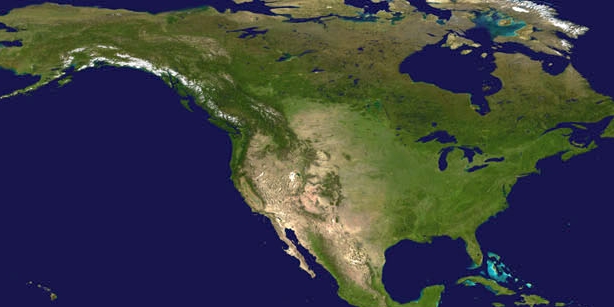

The largest wildfire in Texas’s state history broke out on Feb. 26, 2024 and quickly spread within days, fueled by dry, windy conditions. By Monday, March 4, the blaze, known as the Smokehouse Creek fire, had become one of the largest fires in U.S. history, though the initial cause is still unclear.
The Smokehouse Creek Fire is one of five fires that ignited in the Panhandle last week, and as of March 7, has burned more than 1,058,000 acres (roughly 1,655 square miles)—an area larger than the state of Rhode Island—and has spread into Oklahoma. In addition to this fire, three others are continuing to burn in Texas this week: the Magenta Fire, the Windy Deuce fire, and the Grape Vine Creek fire.
The Panhandle is the largest cattle region in the U.S. Here, the fires have devastated many ranches, killing thousands of cows and other animals, charring crop lands, and destroying hundreds of homes throughout the small communities in the region, such as Fritch and Canadian. Additionally, the fires have claimed the lives of at least two people.
In many parts of Texas, wildfires typically occur during the summer months. However, in the Panhandle region, the greatest risk of fires occurs around March due to rising temperatures, strong winds sweeping across the flat terrain, and the presence of dry grass that easily ignites.
Research has shown that climate change is likely causing the fire season to start earlier and extend longer. This is attributed to an increase in the number of hot and dry days throughout the year, conditions conducive to wildfires.
A report from the state climatologist's office in 2021 revealed that temperatures in Texas have been rising by an average of 0.61 degrees Fahrenheit per decade since 1975. Additionally, there has been a decline in relative humidity in the Panhandle region.
GOES East observed these fires in near-real time. This geostationary satellite keeps constant watch over the same geographic area over time, and helps to locate fires, detect changes in a fire’s behavior, and predict its direction. By combining data from multiple channels on its Advanced Baseline Imager (ABI) instrument, both a fire’s hot spot and associated smoke plume can be visualized.
NOAA’s polar orbiting JPSS satellites captured high-resolution imagery of the fires. The Visible Infrared Imaging Radiometer Suite (VIIRS) instrument onboard each of these satellites has an imager band with high spatial resolution, at 375 meters per pixel, which allows it to detect smaller, lower temperature fires. VIIRS provides nighttime fire detection capabilities through its Day-Night Band, which can measure low-intensity visible light emitted by small and fledgling fires. VIIRS also contributes to the HRRR-smoke model, which tracks the movement and thickness of wildfire smoke, and provides smoke forecasts up to 24 hours into the future.
Satellites allow for detecting and monitoring a range of fires, providing information about the location, duration, size, temperature, and power output of those fires that would otherwise be unavailable. Satellite data is also critical for observing and monitoring smoke from the fires. This information helps firefighting efforts from the air and enables better air quality forecasts.
Timely satellite imagery is critical, life-saving information in a dynamic fire environment.
